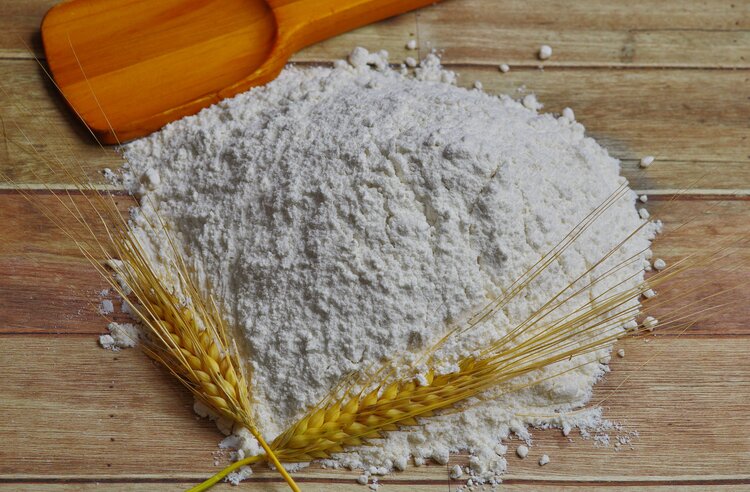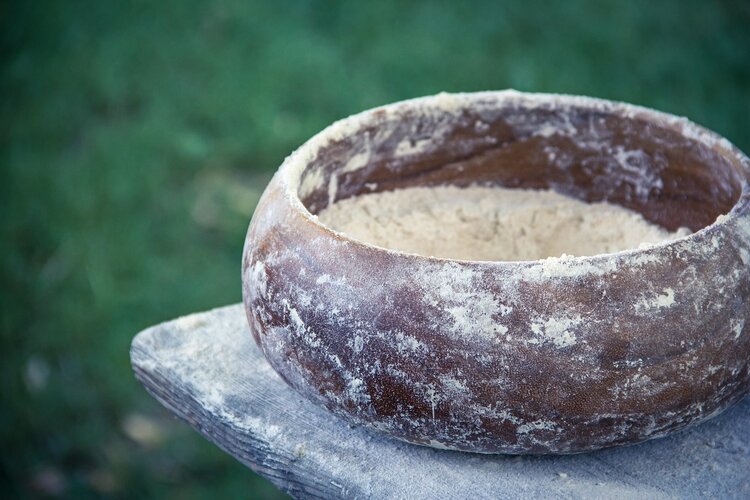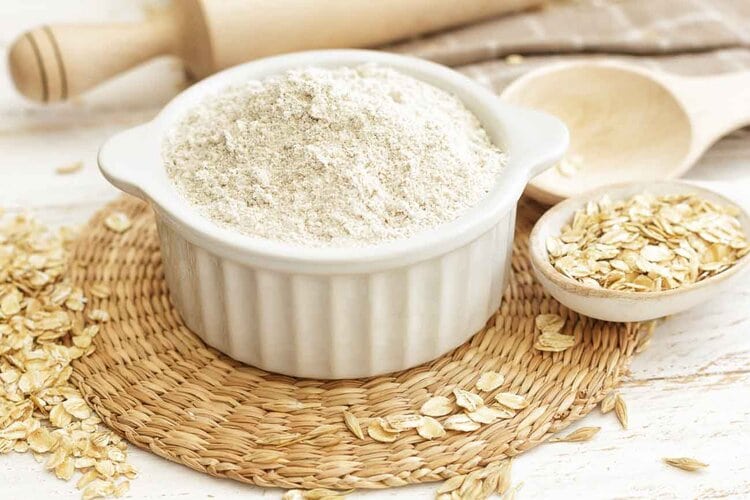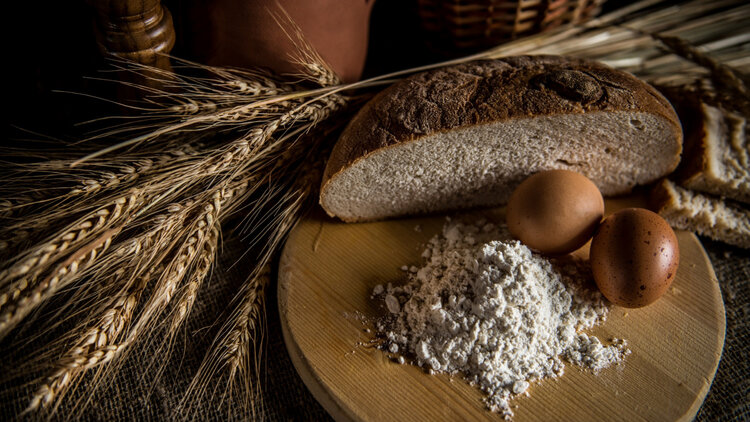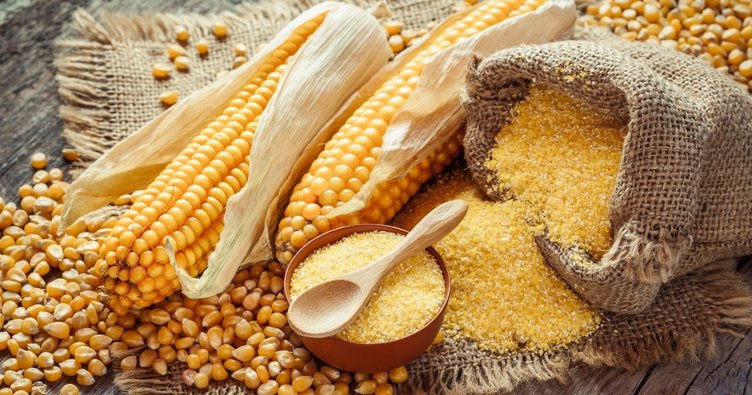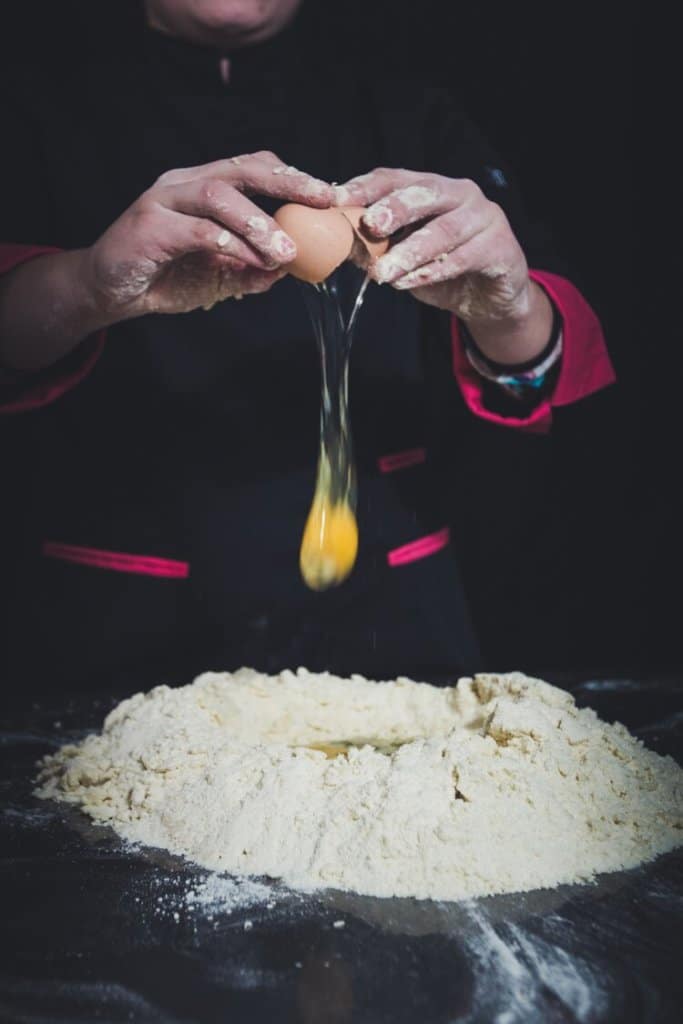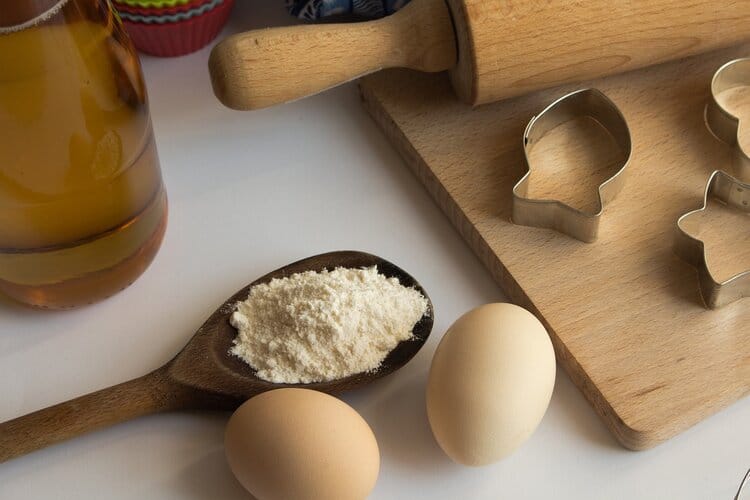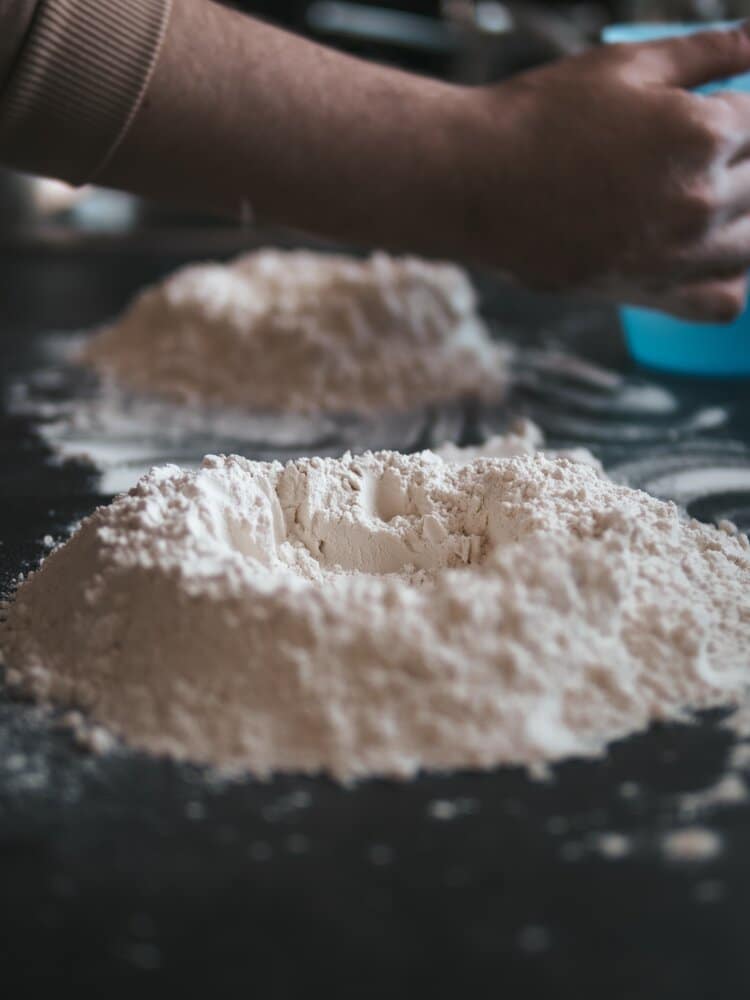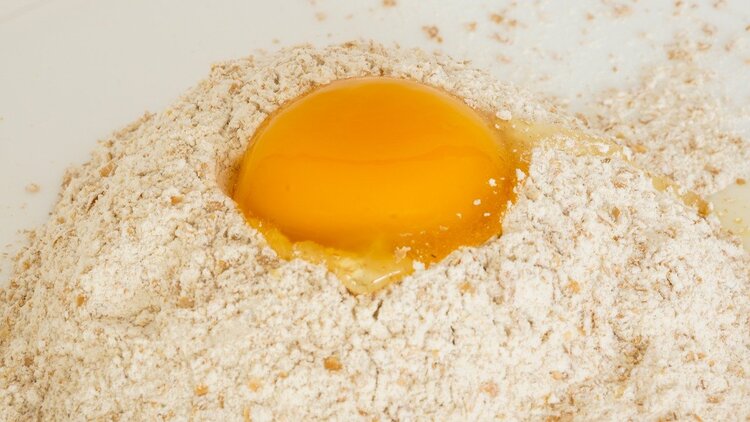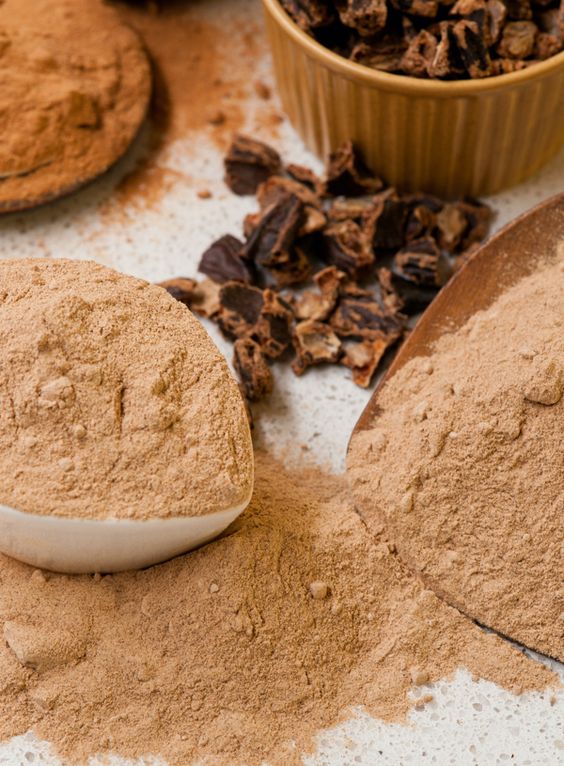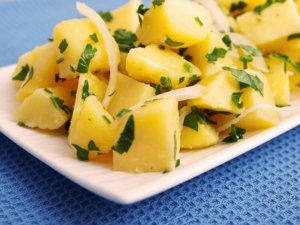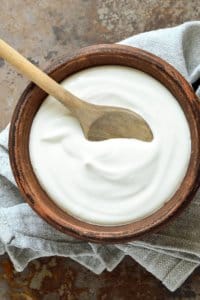Types of flour ; It determines the taste of the bread, cake and pastry we eat. There are dozens of different types of flour used in Turkish and World cuisine. The healthiest flour types you have never heard of are in our article with all the details…
History of Flour
Flour obtained from various grains and raw materials was first ground by the Romans. Around 9000 BC, wheat was discovered by crushing it with a millstone.
In fact, the first product that we can call bread belongs to the Neolithic Age. It is known that some herbal substances were mixed with water and cooked during this period. Likewise, it has been seen in archaeological studies that the Babylonian civilization baked bread around 4000 BC.
From the 19th century, bread began to take its place in the industry with mass production. Wheat, which is not digested by the human body, has been transformed into food and has become the crown jewel of the table. After 1940, flour types and then factories increased one by one.
Flour types, which are divided into many different types until today, continue to be the subject of speculation. First of all, let’s take a look at wheat flour, starting with flour types…
Wheat flour
The type of flour we are most familiar with is made from wheat. Therefore, it is identified with the name of the classic bread. Wheat flour, which is more skeptical than before, is still among the indispensables of kitchens. It continues to be the favorite of bakeries, guests and pastry lovers. This carbohydrate-rich food is divided into many types within itself. Wheat flour types are as follows:
- White flour
- Cake-cake flour
- pastry flour
- Flour made from durum wheat
- semolina flour
- bread flour
- all-purpose flour
- Phosphate flour
- Gluten flour
The nutritional values of these flour types, which are especially used in the production of bakery products, are also different. Gluten flour contains up to 45% protein. In bread flour, this amount is around 14%.
Semolina flour is rich in gluten and is used to make couscous. Noodles are also made with durum wheat obtained by pulverizing semolina.
Pastry-cake flours are specially produced for dessert lovers. It is rich in starch and contains 7% protein.
All-purpose flour; It is used for all kinds of cakes, pastries, pies and pastries. The protein content is approximately 8%.
Phosphate flour is more preferred in biscuit making. Baking powder is added during production and is not suitable for bread making.
Barley Flour
This type of flour made from barley is preferred by many people for health reasons. It contains gluten as well as beneficial minerals. Unlike white bread, it’s more filling.
The benefits are quite tempting. It helps to prevent hunger in a short time. It has also been seen in studies that it increases our chance of burning fat.
It is a kind of flour that supports the nervous system with its structure containing plenty of B vitamins. Foods made with barley flour are tougher. It can be used in many pastries and adds a different flavor, especially in soup making.
The Most Popular Flour Types: Oat Flour
Recently, oats have become an indispensable part of our breakfasts. There is also the flour of oats, which we consume with various fruits or foods such as milk and yogurt. It is among the healthy flour types with its high protein and omega 3 content. For this reason, it also plays an important role in the diet of athletes.
No wonder dieters often find it on their shelves. It is also an excellent source of fiber, keeping it full and supporting weight loss.
Rye flour
Rye, a species of the wheat family, is one of the grains famous for its fiber content. Rye flour is darker and denser and contains gluten.
It is also preferred as an anti-aging due to its antioxidant effect. This type of flour, which is famous for containing many minerals, also contributes to the balanced functioning of the intestinal system.
It can be used in making all kinds of cakes, pastries and breads. It adds a nutritious and healthy flavor to recipes.
What Makes the Difference Between Flour Types: Einkorn Flour
Siyez is one of the most talked about flour types since the past years. It is produced without changing the genetics of wheat and has a history of approximately 12 thousand years. Industrially produced foods contain ingredients that cause type 2 diabetes. This is not the case for einkorn wheat.
As it contributes to weight loss, it is also preferred due to its cholesterol-free structure. It is seen as the secret of a long life because it contains vitamins E, A, B and high fiber. It is a food that can be consumed without hesitation by those with gluten allergy and can be used in many pastries. It is especially used in making sourdough bread and its taste is quite delicious.
Cornflour
Black Sea is the first place that comes to mind when we say corn bread. This type of flour, which is abundantly available in Artvin, is quite fine-grained. It is produced from corn, its color is a mixture of yellow or dark beige. It does not contain gluten and can be eaten without consuming any breakfast products. It has a unique taste and is among the healthy flour types.
When mixed with other flours, foods such as pastries and pizza can be prepared. It is often used as a sauce when cooking fish products. It can also be added to soups and offers a unique taste experience.
Kavilca Flour
Just like Siyez, another type of flour that is genetically intact is Kavılca. This type of wheat grown in Kars has a low glycemic index. It contains much more minerals and vitamins than conventional flours. It is generally preferred by those who want to make a harder bread and its consistency is a bit dense.
In addition to being beneficial for the heart and intestinal system, its smell is also very appetizing. In the grinding stage, the minerals in its content are preserved due to the use of hydraulic power. Thus, it provides the necessary vitamins and elements to be taken directly.
Dinkel Flour
Another name for Dinkel wheat is scarlet wheat. It is one of the oldest wheat varieties in Anatolia. It is recommended for those with intolerance, as the amount of gluten is quite low. However, it is possible to consume with peace of mind in celiac disease.
It contributes to the re-activation of cells and helps to keep immunity strong. With Dinkel flour, we can prepare many hearty foods, from pasta to bread. It is also known for creating a successful table richness in making pancakes, cakes and pastries.
Among the Unknown Types of Flour: Karakılçık Flour
Although its name is not known, it is a natural type of flour inherited from our ancestors. Karakılçık, which has a thicker consistency, contains a very small amount of gluten.
It has high protein and is easily digestible. It does not cause indigestion when eaten as pastry and bread. Since its durability is long, it does not mold in a short time. It is also gut friendly with its high fiber content.
Crushed Wheat Flour
Crushed wheat flour is a type that has been consumed for centuries in Kars and Erzincan. It is high in protein and rich in minerals. It is known as the most satisfying flour type and has the feature of keeping it full for a long time.
It can be used for making any pastry and similar foods that can be made with white flour. In bread making, it does not look like classical flour with its unique aroma. It is among the whole grain flours.
Yellow Wheat Flour
Another option in the category of healthy flours is yellow wheat flour. It is grown without fertilizer and ground with hydraulic power. It is high in protein and contains gluten.
It is widely used in making flatbread and pan bread, and in ring dessert. It can also be added to other pastries and breads to give a pleasant taste.
Almond Flour
This type of fine and soft textured flour is produced by grinding unshelled almonds. It is among the healthiest types of flour. It is a perfect alternative for those who suffer from indigestion problems because it is gluten-free. With its low carbohydrate rate, we can say that it is a favorite of dieters. It contains intense amounts of B and E vitamins and provides adequate intake of calcium.
Almond flour, which is a must in the brownie recipe, is also used in the famous macarons of France. You can add it to desserts prepared with milk or add it to cookie dough.
Chickpea Flour
You can find chickpea flour, which you can even make at home, in markets. Due to the high protein in chickpeas, it contributes to muscle development. It helps to balance blood sugar and keeps it full. It also supports the immune system to stay strong and is a heart-friendly type of flour.
You can create a delicious nuance in your bread and pancakes with chickpea flour. It is an ideal option for flavors from different cuisines, especially hummus and falafel.
Chestnut Flour, Among the Healthiest Flour Types
Another remedy that does not cause indigestion for individuals with celiac disease is chestnut flour. The dried chestnuts are processed, ground and packed. It does not contain gluten and is a storehouse of phosphorus and magnesium. Chestnut flour, which is a protein source, is also high in fiber.
You can create countless wonders with this flour that you can make any recipe you want. You can use it in both sweet and savory products, and you can even make pasta. Especially recommended for light presentations.
Carob Flour
Carob flour is an ingredient with high nutritional value and countless benefits. Carob grown naturally in Turkey does not contain any additives or pesticides.
Carob flour, which is a remedy for bad cholesterol, is also good for digestion and the heart. Since it is also known for its aphrodisiac effect, it is seen as a natural medicine that increases sexual desire.
It has a more sugary aroma with its unique taste. Therefore, it can be used as a substitute for cocoa in making cookies and pancakes. Likewise, it is recommended to be preferred over refined sugar for those on a diet.
Among Flour Types, Violet Flour You Maybe Never Heard of
Another type that you may not have heard of is violet flour. It consists of a mixture of Ethiopian wheat and kavelca wheat. This hybrid breed is the type of wheat with the lowest glycemic index . It has zinc, vitamin E and high levels of potassium. It also provides a remarkable benefit in terms of iron and magnesium.
In pastries, you can prepare any floury food you can think of. Since the gluten content is small, you are less likely to suffer from indigestion after consumption.
Which Type of Flour Is Healthier?
As we can see, the types of flour are much more than we think. When it comes to health, there are many different perspectives. There are dozens of studies on the harms of white bread.
While some experts recommend multigrain breads, others are in favor of gluten-free products. Rye etc. It is a known fact that flour varieties are a source of fiber. Due to the genetically degraded wheat over the years, cornbread and other gluten-free breads are recommended.
It is possible for us to be a little undecided when it comes to which flour we will use the choice for. Gluten-free breads are a good option if we have indigestion and celiac complaints. If we do not have any complaints about our digestive system, we can have a flour type rich in minerals on our table.
Although there are differences of opinion, it is supported by scientific data that we should avoid white flour. Apart from this, whatever flour we use, we should not consume more than the maximum amount. It is possible to positively affect our general health by taking carbohydrates in balanced and small portions.


